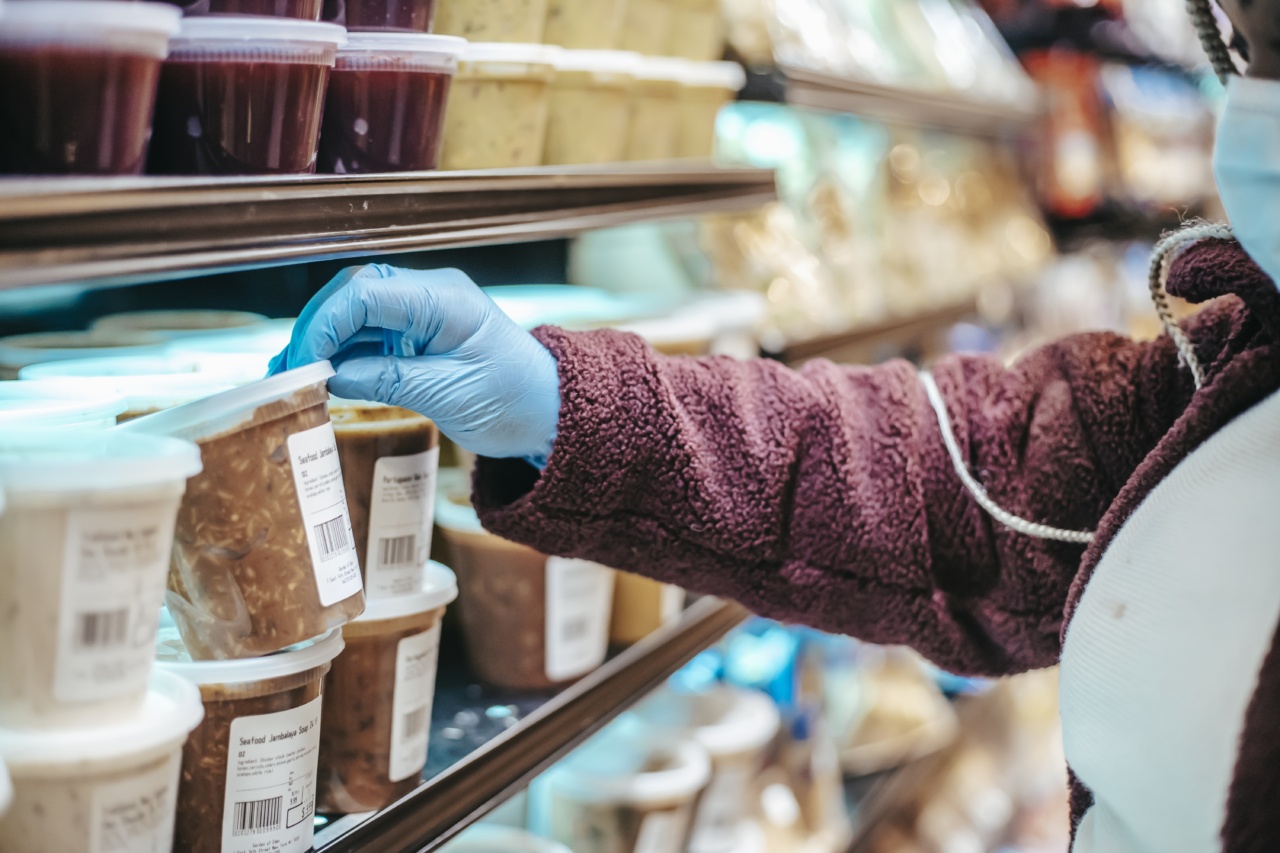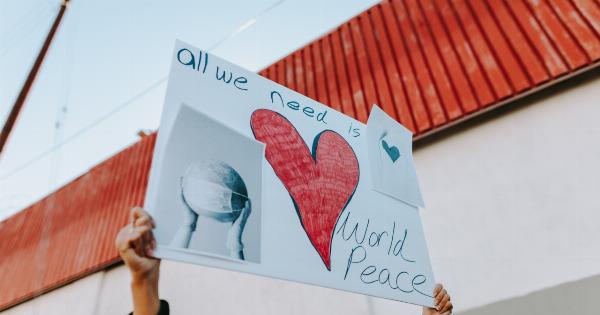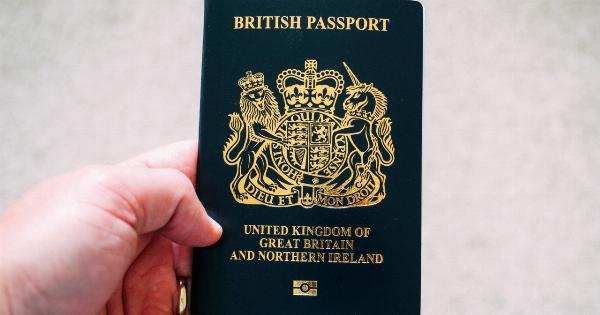The COVID-19 pandemic has had a significant impact on various aspects of people’s lives, including their purchasing behavior.
As countries implemented lockdowns, travel restrictions, and social distancing measures, consumerism took a hit worldwide. This article explores the story of how consumerism has been impacted during the ongoing pandemic and the subsequent changes in consumer behaviors.
Shift in Priorities
One of the most notable changes in consumer behavior during the pandemic is the shift in priorities. With the uncertainty surrounding the health crisis and its economic consequences, consumers have become more cautious about their spending habits.
Basic needs such as food, healthcare, and essential household items have gained prominence, while discretionary purchases have taken a back seat.
Impact on Retail Industry
The retail industry has been significantly affected by the pandemic-induced consumer behavior changes. Non-essential stores faced temporary closures as governments implemented lockdown measures.
Even when restrictions were eased, many consumers were wary of visiting physical stores to minimize their exposure to the virus. This led to a surge in online shopping and a decline in foot traffic for brick-and-mortar retailers.
Small businesses, in particular, faced immense challenges during lockdowns. Many independent retailers were unable to sustain their businesses due to the lack of footfall and the shift towards online giants.
This resulted in closures, job losses, and long-term economic implications for those involved in the retail sector.
The Rise of E-commerce
E-commerce emerged as the go-to solution for consumers seeking products and services during the pandemic. Online retail giants experienced a boom in business as people turned to the convenience and safety of online shopping.
Companies like Amazon witnessed a surge in demand, leading to significant revenue growth.
The trend of online grocery shopping also gained momentum. Consumers, hesitant to visit crowded supermarkets, resorted to ordering groceries and daily essentials online.
This shift in behavior not only benefited online grocery platforms but also prompted traditional retailers to adapt their business models and offer online shopping options.
Impact on Physical Retail Stores
The closure of physical retail stores, coupled with the surge in e-commerce, led to a challenging environment for brick-and-mortar retailers. Many businesses struggled to survive, especially those that heavily relied on in-store sales.
While some retailers managed to pivot their operations by enhancing their online presence or offering curbside pickup services, others were forced to shut down permanently.
The decline in foot traffic also affected shopping malls and department stores. With reduced visitors, these establishments faced financial strain and had to adapt to the changing landscape.
Some malls repurposed vacant spaces for offices or experiential stores, while others focused on enhancing the safety and hygiene measures to instill confidence in customers.
Consumer Awareness and Sustainable Choices
The pandemic has heightened consumer awareness regarding sustainability and the environmental impact of consumerism. As people spent more time at home, they became more conscious of their consumption patterns and the consequences for the planet.
This shift in mindset has led to an increased demand for sustainable products and a willingness to support eco-friendly brands.
Consumers are now looking for transparency from brands and examining their supply chains, manufacturing processes, and ethical practices.
This has prompted companies to reassess their operations and incorporate sustainable measures to attract environmentally conscious consumers.
Financial Challenges and Uncertain Future
With widespread job losses and reduced incomes, many individuals and families faced financial challenges during the pandemic. This, in turn, affected their purchasing power and led to a further decline in consumerism.
People became more mindful of their savings and focused on essential expenses, leading to a decrease in discretionary spending.
The uncertain future also played a role in the cautious approach towards consumerism during the pandemic.
With the economic consequences of the health crisis still unfolding, consumers chose to save for emergencies rather than indulge in luxury or non-essential purchases. This mindset shift has had a profound impact on the global economy, with industries like travel, hospitality, and entertainment being heavily affected.
Changing Dynamics in Travel and Hospitality
The travel and hospitality sectors were among the hardest hit by the pandemic, primarily due to travel restrictions and safety concerns.
As countries implemented lockdowns and closed their borders, international and domestic travel came to a near standstill. This led to a sharp reduction in consumer spending on flights, hotels, and tourism-related activities.
With limited or no travel options available, consumers turned to local alternatives such as road trips and staycations.
This shift towards domestic travel led to a surge in demand for camping gear, recreational vehicles, and accommodation rentals in scenic areas that could provide a sense of escape and adventure.
Future of Consumerism Post-Pandemic
As vaccines become more widely available and the world adapts to living with the virus, the future of consumerism remains uncertain. It is expected that consumer behavior will gradually revert to pre-pandemic patterns, albeit with some lasting changes.
The acceleration of e-commerce and the digital transformation of businesses are likely to continue, with online shopping becoming a preferred choice for many consumers.
Traditional retailers will need to embrace omnichannel strategies to remain competitive and cater to evolving consumer preferences. Providing a seamless and safe shopping experience, both online and offline, will be crucial for retailers to thrive in the new normal.
Consumer awareness regarding sustainability and ethical practices is also expected to persist. Brands that prioritize transparency and offer sustainable choices are likely to attract a growing consumer base concerned about the environment.
Conclusion
The COVID-19 pandemic has disrupted consumerism and led to significant changes in consumer behavior. The shift in priorities, the rise of e-commerce, and the impact on physical retail stores are just a few aspects of the story so far.
As the world continues to navigate the pandemic, consumerism is expected to slowly recover, but with lasting changes and a heightened emphasis on sustainability and online retail.






























